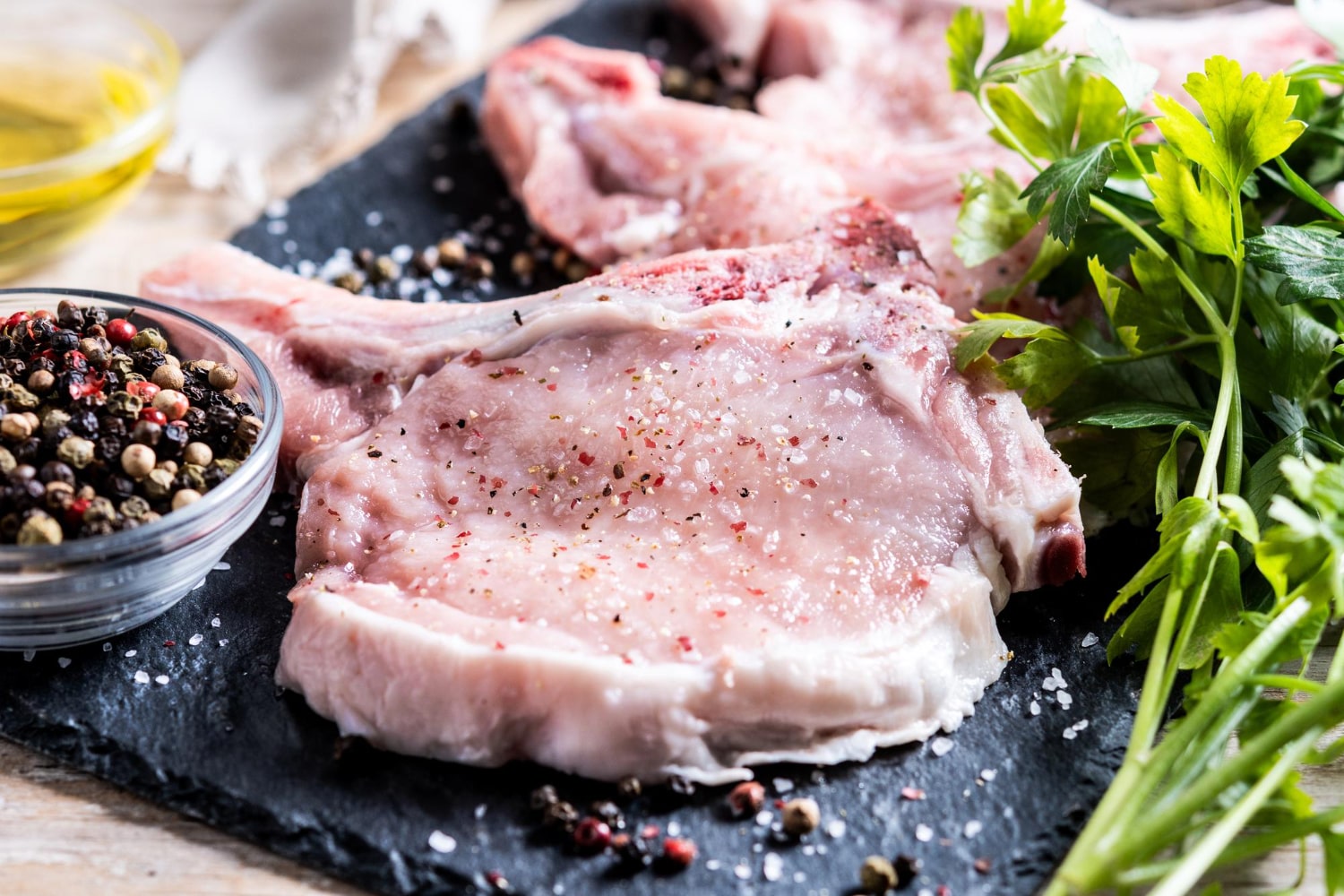Pork is one of the most popular types of meat in the world, widely used in the cuisines of many nations and present in culinary traditions for thousands of years. It has become an essential ingredient in countless dishes, and its properties and methods of production still attract the attention of both chefs and scientists. Pork is distinguished by its rich flavor, the variety of ways it can be prepared, its valuable nutritional content, and by numerous customs and beliefs that accompany it. You may not know many fascinating and surprising facts related to this meat. Here are some interesting facts about pork that will help you see it from a new perspective.
- Pork is the most widely consumed type of meat in the world, with its consumption surpassing that of beef and poultry. It is especially popular in China, where pork is a staple in many national dishes and is considered traditional food.
- Archaeological evidence shows that pigs were domesticated over 9,000 years ago in what is now Turkey and China. Since then, pigs have been raised mainly for their meat, fat, and hides.
- Pork is a rich source of protein, B vitamins, iron, zinc, phosphorus, and selenium. It helps restore muscle mass, strengthens the immune system, and supports the body’s energy levels.
- Despite its nutritional value, excessive consumption of pork can lead to higher cholesterol levels and the development of cardiovascular diseases. Nutritionists therefore recommend moderation and the choice of leaner cuts of meat.
- There are cultures and religions where pork is forbidden. In Islam and Judaism, eating pork is strictly prohibited and is considered a violation of religious norms.
- Hundreds of pig breeds exist worldwide, each with different taste qualities, color, and meat texture. The most famous breeds include Landrace, Duroc, Vietnamese Pot-bellied, Large White, and Berkshire.
- Pork is not only classic bacon and chops, but also the basis for hams, sausages, frankfurters, bacon, roulades, and many other meat products. Many countries have unique pork recipes that have been handed down from generation to generation.
- Pork lard contains a lot of unsaturated fatty acids, which strengthen blood vessel walls and protect the body from the negative effects of cholesterol. At the same time, lard is a source of energy, especially valuable in cold seasons.
- In China, pork symbolizes prosperity and is a common motif in folk tales, legends, and New Year’s rituals. During Chinese New Year celebrations, pork dishes are a must on the festive table.
- Unlike beef, pork is quickly digested by the body and contains less connective tissue, making it more tender and juicy after cooking. It is often used in fast food dishes for this reason.
- Pig farming technology is constantly evolving, improving the quality of meat and reducing its cost. Modern pig farms use automated feeding, health monitoring, and climate control systems.
- Fresh pork can be pink, pale red, or even slightly grayish depending on breed, animal age, and farming conditions. This is not a sign of poor quality if the meat has a pleasant smell and elastic texture.
- Many countries host culinary festivals dedicated to pork, where you can try rare dishes, watch meat cooked over an open fire, and learn the secrets of master chefs.
- In medieval Europe, pork was one of the most valuable foods because it could be preserved as salted meat, smoked products, or lard. This allowed people to survive harsh winters when fresh meat was unavailable.
- Pork is a universal ingredient for dishes from many different cuisines: from Japanese ramen to Ukrainian borscht, from Spanish jamón to French pâté. Each culture has its own methods for marinating and seasoning pork.
- Different parts of pork have varying nutritional value and taste: tenderloin is suitable for diet dishes, neck is best for barbecue, and ribs are ideal for grilling. Every food lover can find the perfect cut for themselves.
- In many countries, there is a tradition of giving pigs or pork products as holiday gifts, symbolizing wealth and prosperity. Such customs are preserved in Germany, Poland, Austria, and Scandinavian countries.
- Some farmers specialize in raising organic pork, feeding the animals only natural feed without antibiotics or growth hormones. This pork is more expensive and has a richer flavor.
- Pork can be a source of dangerous parasites and bacteria if it is not properly cooked. That’s why it is important to follow food safety rules when preparing pork dishes.
- There are many traditional methods of storing and preserving pork, such as smoking, salting, marinating, or making dried delicacies. These methods allow meat to be kept longer while preserving its flavor.
- In modern cuisine, pork is combined with fruits, spices, honey, and even chocolate to create unique gastronomic combinations. Such dishes have become popular in high-end restaurants.
- Pork contains more thiamine (vitamin B1) than any other meat. This vitamin helps regulate the nervous system and improves metabolism.
- The genetic diversity of pigs allows for the creation of new breeds with special characteristics: rapid weight gain, disease resistance, or an unusual flavor. Selective breeding is still ongoing today.
- Pork is used not only for food but also in the production of gelatin, cosmetics, pharmaceuticals, and various industrial goods. This shows once again how versatile this type of meat can be.
These amazing facts about pork provide a deeper understanding of its history, culture, and modern-day significance. Pork occupies an important place in the culinary traditions of many countries and inspires millions of people in the kitchen. Thanks to its variety of preparation methods and flavor richness, it remains a favorite ingredient among gourmets and cooking enthusiasts. Interesting facts about pork will help you see this traditional product in a new light and appreciate its role in global food culture.





